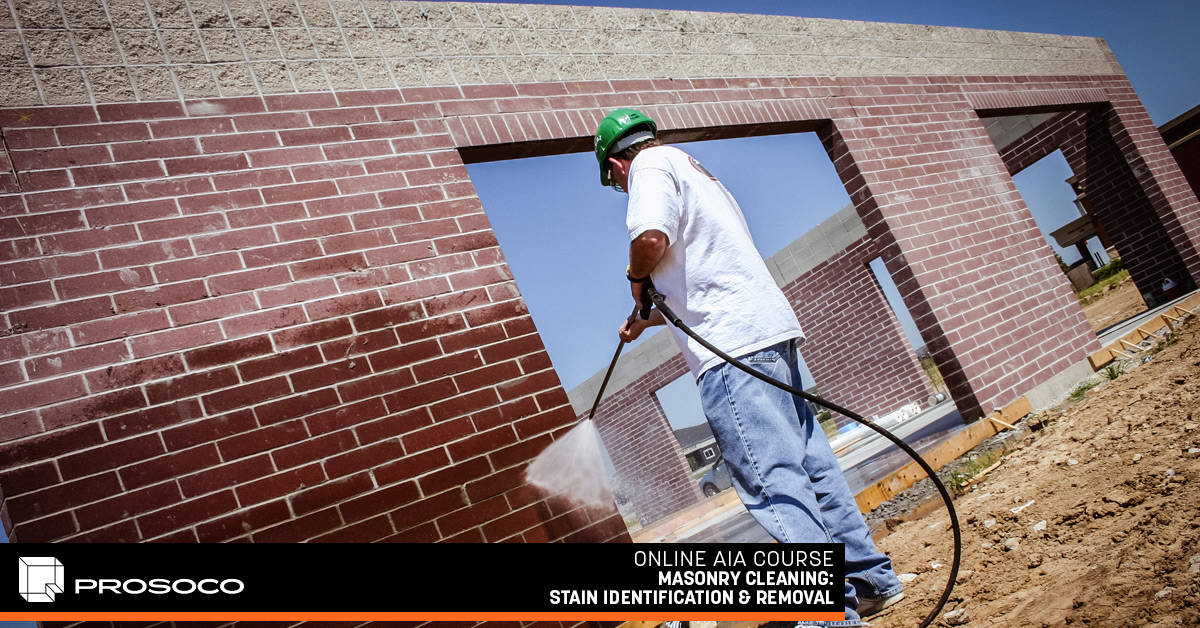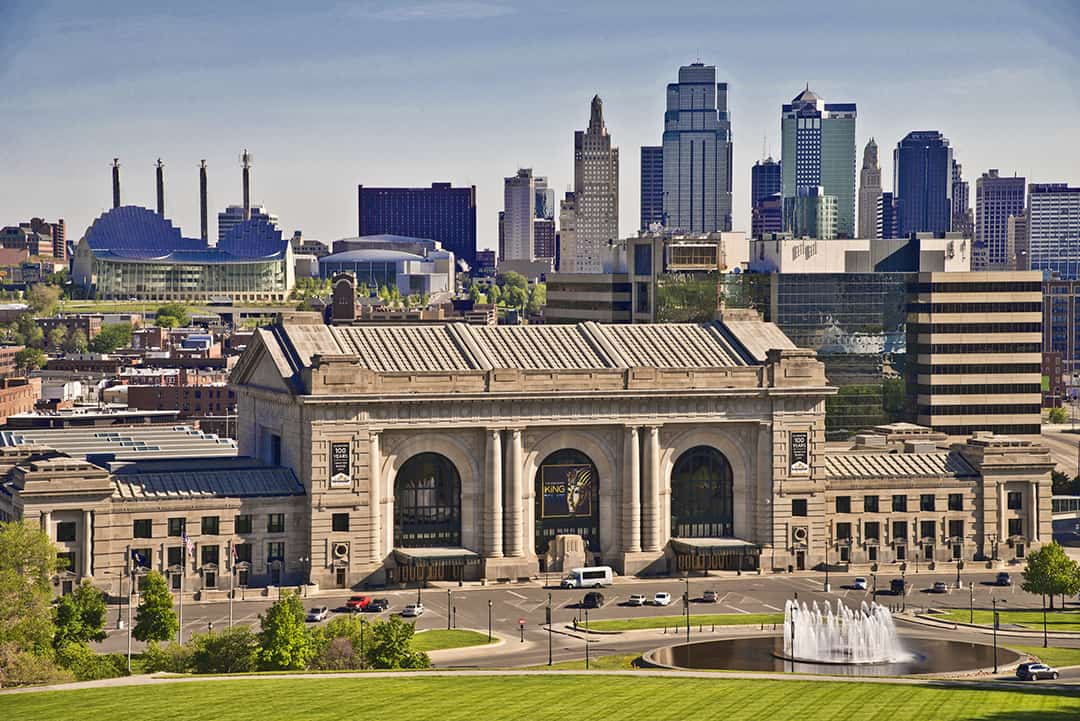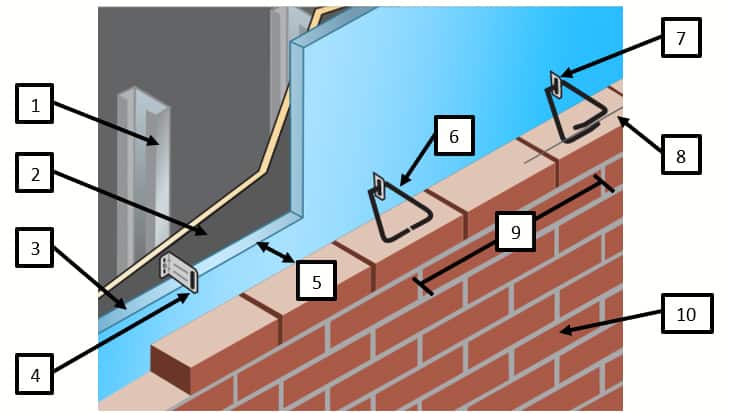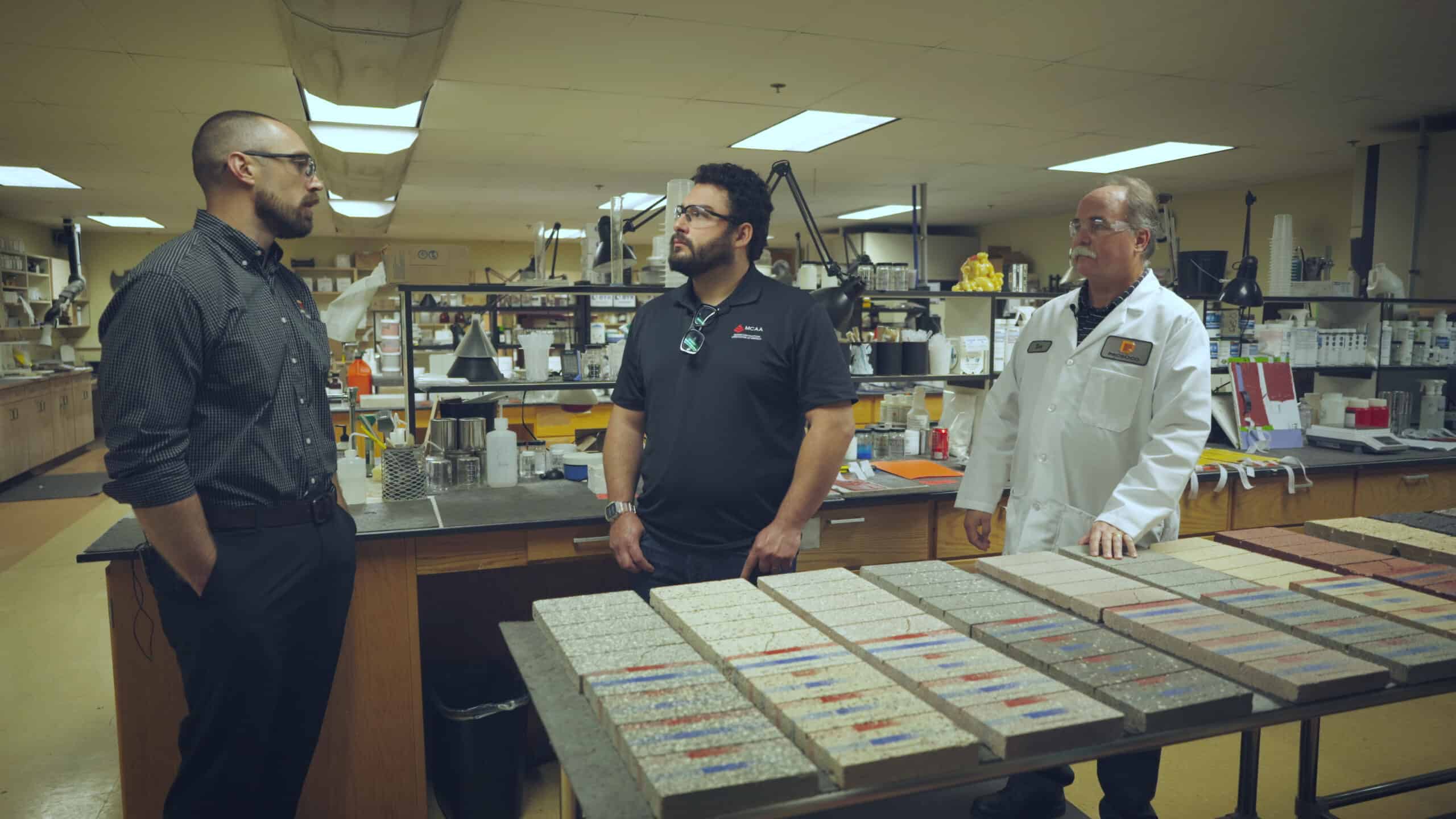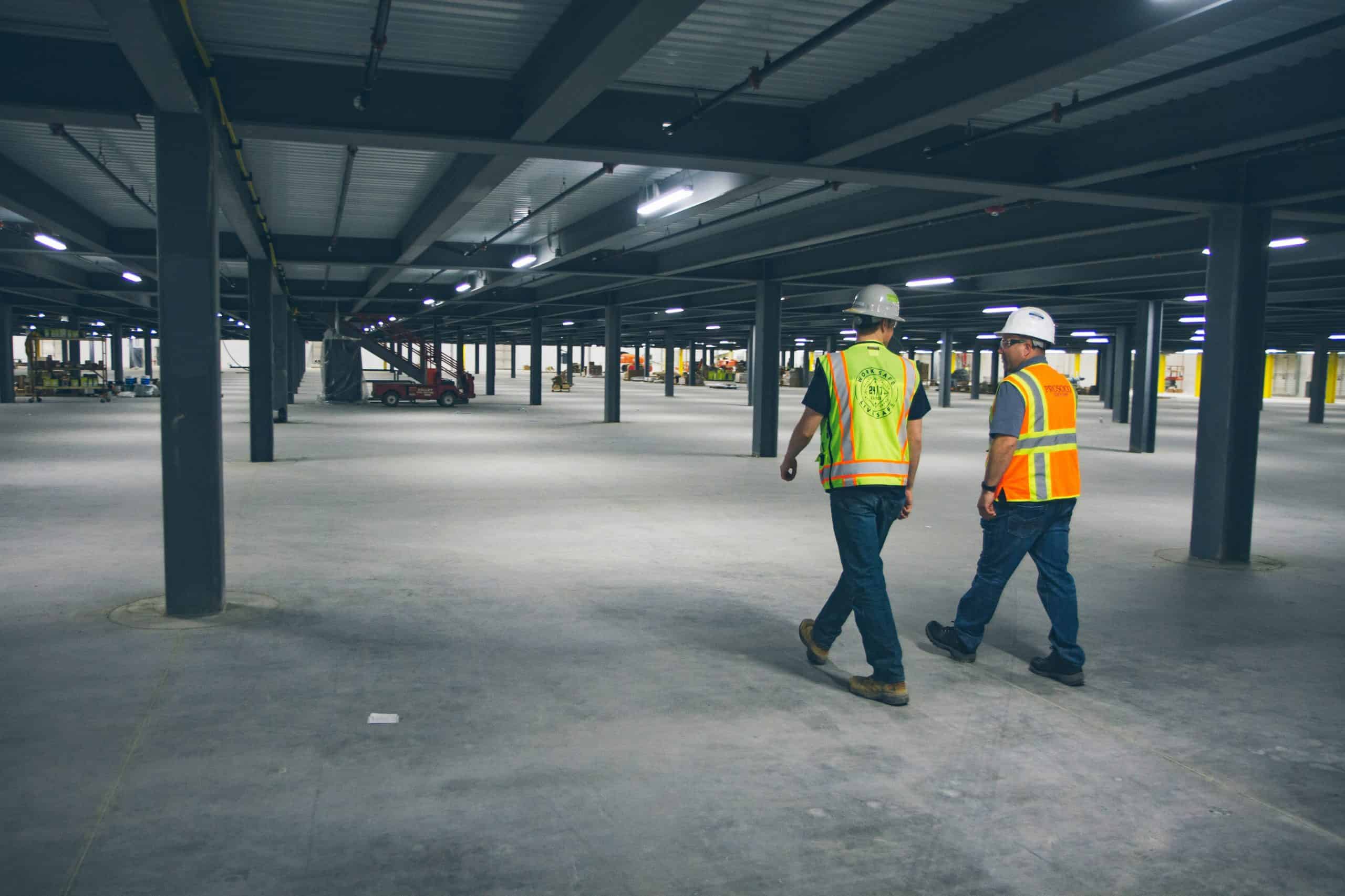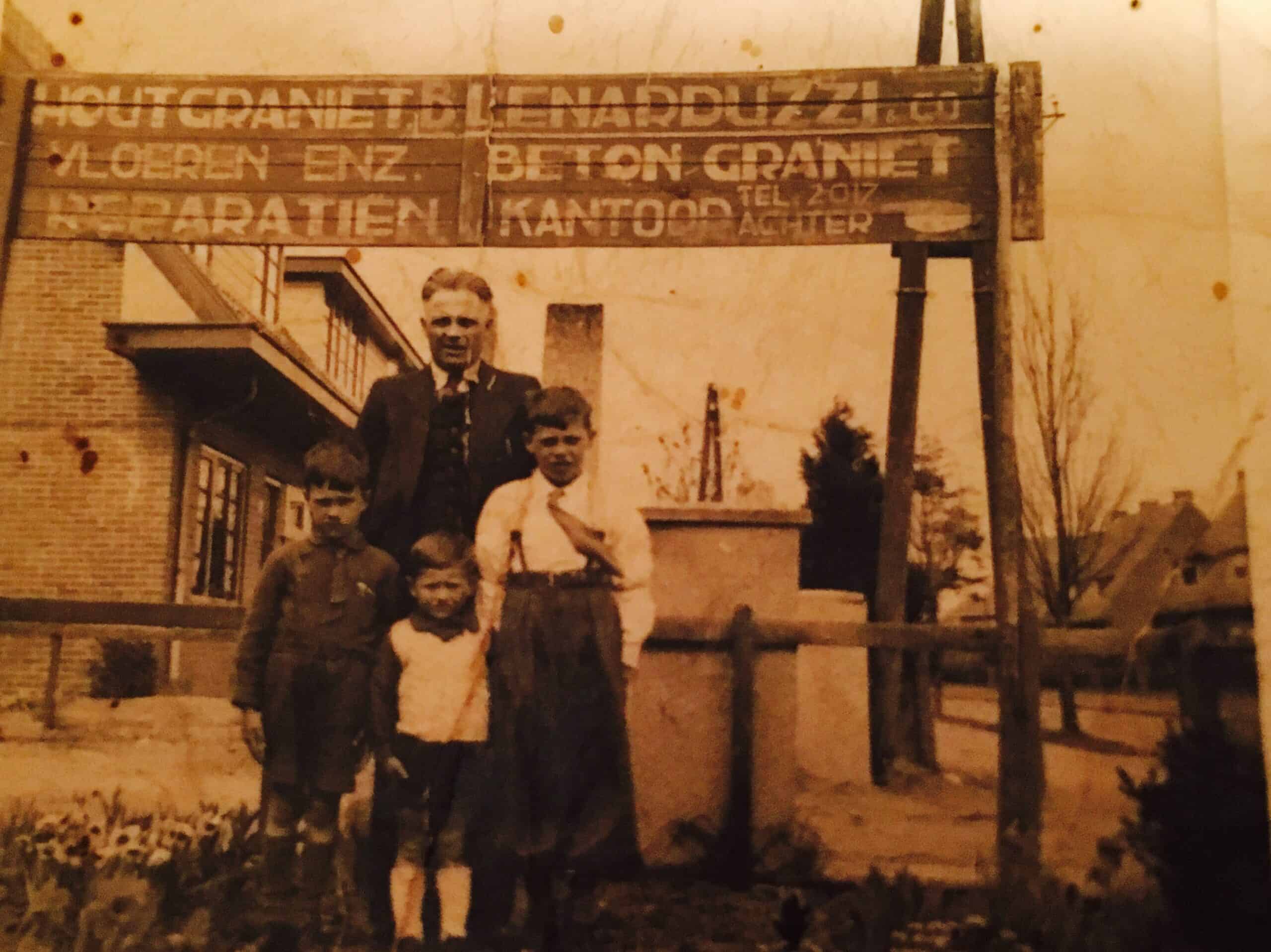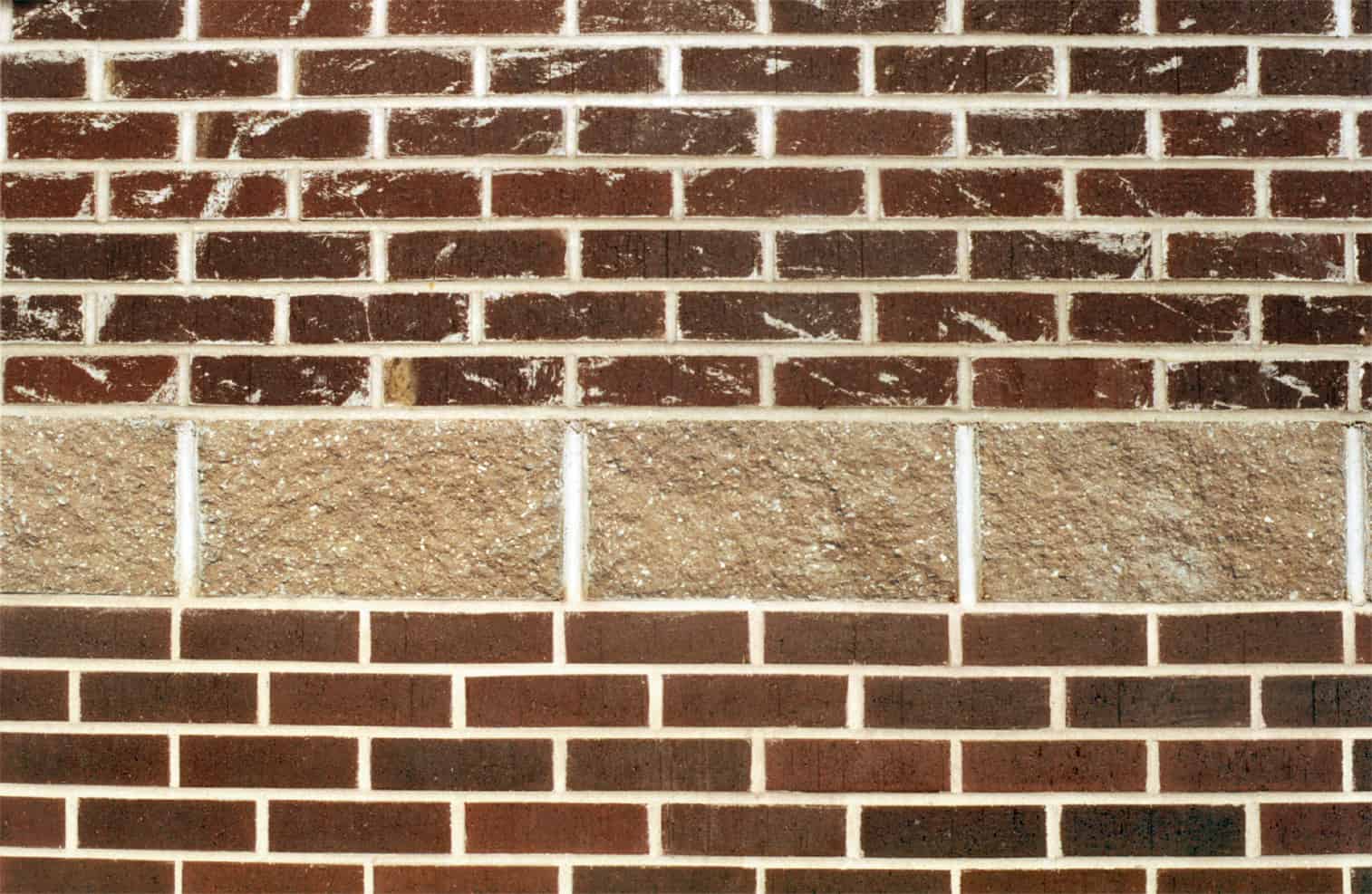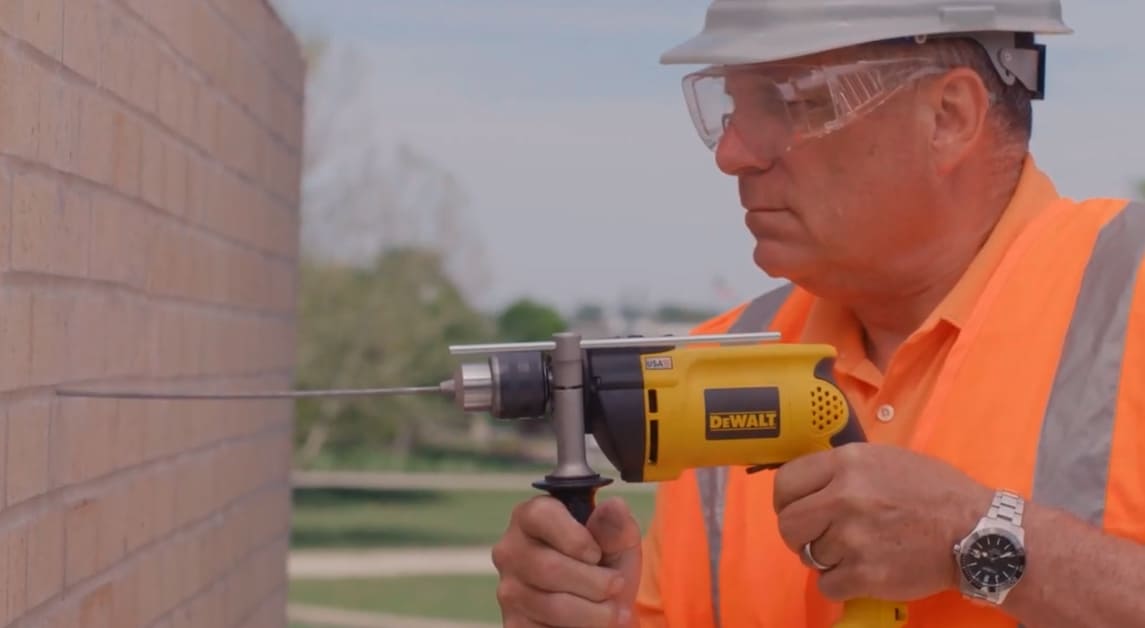Jake Boyer, President of PROSOCO, has seen all kinds of graffiti on all kinds of masonry. Here's what he wishes contractors knew before tackling any variety of graffiti removal job.
Q1: What’s the No. 1 mistake you see on graffiti removal jobs?

Jake Boyer is President of PROSOCO.
A1: Higher pressure is not the answer. So many people figure if they put a zero-degree tip on and put (the sprayer) an inch from the surface and just blast it off, you’re removing it. But you’re actually removing the surface itself, not just the graffiti. There’s only two ways to remove anything on a fundamental level – dissolve the stain/soiling, or to attack the interface between the stain and substrate by breaking down microscopic particles of the substrate. We want to solubilize the stain while leaving the substrate intact and not just go at it with higher pressure, which will erase the face of the masonry.
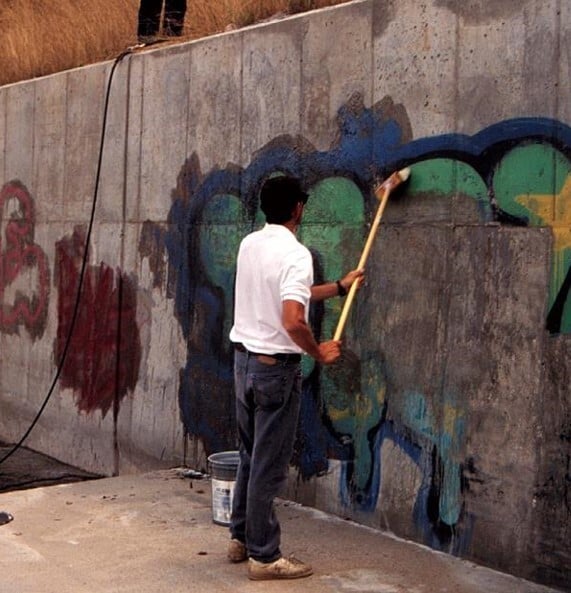
Q2: What’s one tip you always give contractors on this type of project?
A2: I would say to keep in mind that every graffiti medium is different. You could have one wall with spray paint, sharpie, lipstick, white-out, or whatever the artist decided to use that day. Each of those could require a different chemical composition to remove it effectively without damaging the substrate, and a product that could be harmless to one substrate could irreparably damage another.
Q3: What’s one proactive step you wish more contractors took to simplify graffiti removal?
A3: The easiest thing to do is to prevent the graffiti from bonding to the surface in the first place by protecting it with an anti-graffiti product. Make sure the product is breathable and penetrating, and provides both water resistance and graffiti resistance in one for maximum protection, like one from PROSOCO’s Blok-Guard & Graffiti Control line of products.
Q4: There are things you can do to make graffiti removal a lot easier, but it’s a preventative measure that’s not commonly employed. Why is that?
A4: I sure wish I knew. I think people don’t take that into consideration and the problems are never problems until they’re problems. It’s hard to think about what you might need to address for the future when it’s not right underneath your nose. A simple application of a product like Blok-Guard & Graffiti Control would be the best preventative measure you could take. It provides more than just graffiti resistance, but also water resistance to keep the wall clean from other common stains as well as graffiti, all in one product.
Q5: On a masonry substrate that has been protected with a product like Blok-Guard & Graffiti Control, what do you recommend once graffiti does happen on that site?
A5: I typically recommend PROSOCO’s Graffiti Remover, SafStrip or SafStrip 8 depending on the substrate in question.
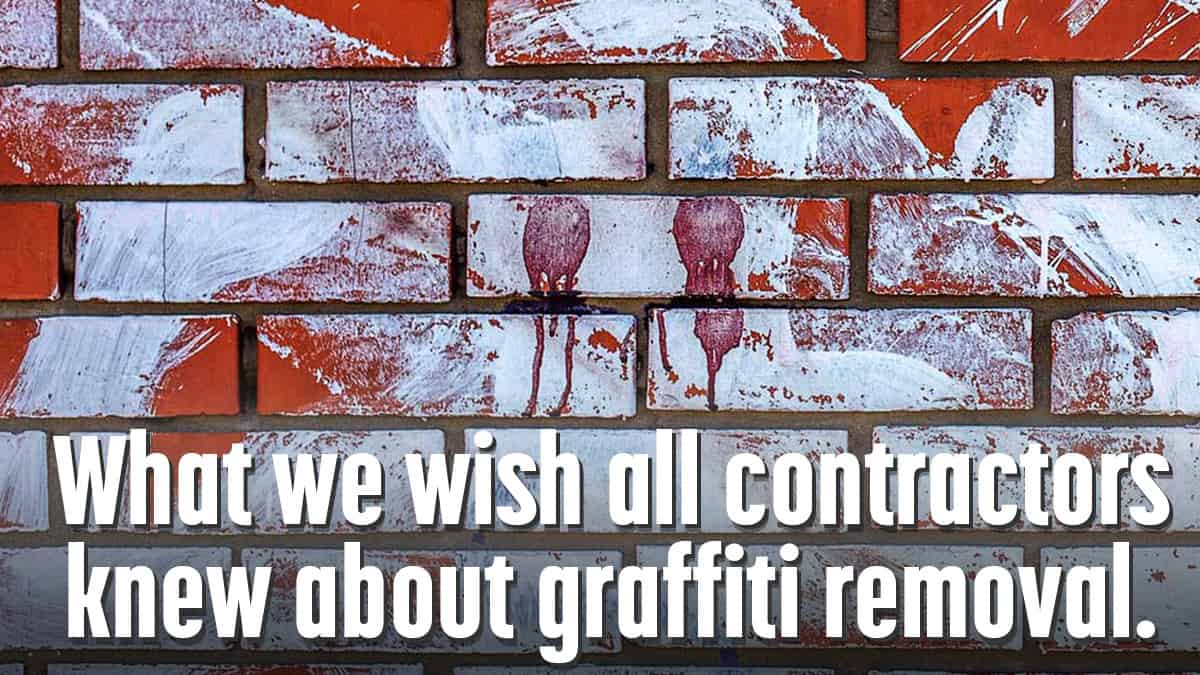
Q6: What would you say is the biggest challenge of a contractor looking to remove graffiti from masonry?
A6: You never truly know exactly what you’re dealing with. It requires some trial and error to figure it out. Even within spray paint, there’s a thousand different chemistries, and a product like Graffiti Remover might work well on it, but not touch something else. If you found the can of spray paint in an alley where you can verify that’s what it is, you can eliminate some of the trial-and-error, but otherwise, you should approach it with at least a few options (for removal.) Always do a test panel on a small sample of the substrate. Try the first product and be prepared to try your second. With some chemistries, you’ll know if it’s going to work or not in just a couple minutes, but on others, they may need an extended dwell time to have a chance to work. Just because it didn’t do anything in the first 10 or 20 minutes, doesn’t mean that it won’t make a big impact after 30 minutes or more, even hours sometimes. Patience and scheduling accordingly can be key to bidding a job accordingly.
Temperatures and conditions are important to consider. Colder temperatures have a dramatic impact on the performance of most products. Hot water will typically make a big difference when available and working on a warm sunny day will make for easier removal than a cold wet day. With ambient temperatures being largely out of your control, plan accordingly and expect a longer dwell time in colder temps.
Q7: Does graffiti removal have to be expensive, or are there cost-effective options for masonry surfaces?
A7: The best thing you can do to keep cost lower is to protect the surface before it gets tagged, simplifying the removal. If it’s too late for that, clean the graffiti off, and then protect it for next time. Using a non-sacrificial anti-graffiti protective treatment like PROSOCO’s Blok-Guard & Graffiti Control line, or a sacrificial product like PROSOCO SC-1, can cut the removal time to a fraction of what it would be on an untreated surface. Other factors include the sensitivity of the substrate and the extent of the graffiti. If you’ve got a single pass of a cheap spray paint on a block wall, you can get it off pretty quickly using fairly aggressive means. But if you’ve got multiple layers and colors on polished stone work, you’re going to need to take every precaution to not damage the stone itself.
Q8: Any other advice or comments?
A8: Never go it alone. Work with a product manufacturer that has local field support who will come out and do a test panel for you so you’re not beating your head against the wall. Also remember that the quicker you remove the graffiti, the easier it will be to get off, and the less likely it is to get tagged again as the artist will likely move on to a spot that allows his work to remain displayed for longer.
![]()




